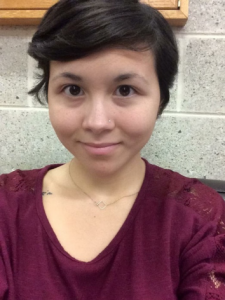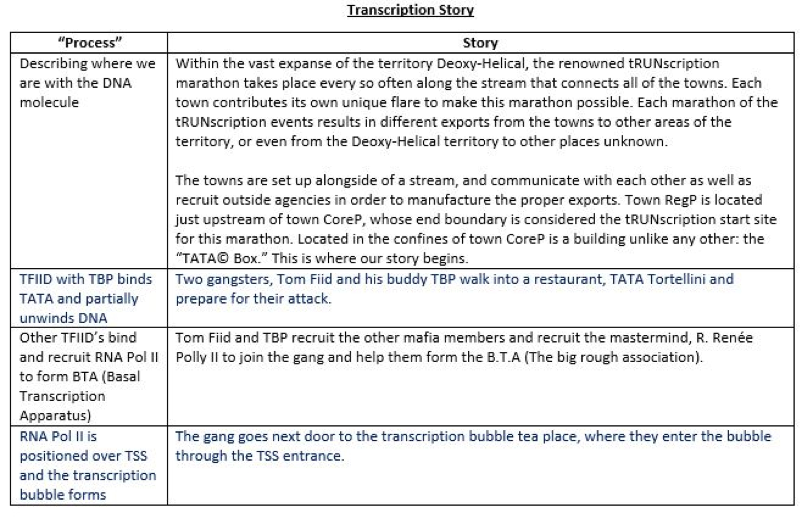By Emily Ng

The use of storytelling in the classroom to enhance student learning has been shown to promote critical thinking, information recall, and interest. One way stories do this is by tapping into students’ sense of self-relevance which allows them to explore aspects of the content that they can relate their own experiences or goals to (Abrahamson, 1998; McKillop, 2005; Cavanagh, 2016). One of the major reasons storytelling is a successful learning and memory tool is because of its incorporation of emotions as shown by the way oral stories transcended generations (Abrahamson, 1998). Human emotions are very powerful, being highly prevalent in forming memories and in embedding experiences (Cavanagh, 2016). Since students’ emotions have a large role in their behaviors and interactions with a course, it’s only natural that we tap into their emotions to improve learning. One way to do this by having them create stories to explain processes, an activity that requires content comprehension and can increase engagement as well as memory recall of the material.
The example I will elaborate on here is employing the round-robin writing technique. The core premise of this activity is to take a process or larger concept of the course that is identified as difficult and break it into core steps or aspects, asking students use knowledge outside of the course to re-word it into a story that can be easily remembered.
I have employed this technique in a class by first introducing the concept, then modeling possible approaches to the activity, providing the introduction to the story as an example, and finally sorting students in groups of 3-4 to come up with their versions. An example is shown below in which students creatively describe steps of DNA transcription, a process in which DNA code is used to create corresponding RNA code. Students responded to the exercise well in-class by remaining on-topic and discussing the processes and ideas with peers. They reflected that it challenged them to think more and differently about the material in order to garner such creative scenarios.

Though my sole example is related to the general field of biology, this technique can also be applied to other fields of study as a short activity. For example, rote memorization of chronological orders of events in history or a process taken in business or law can be used by having students recreate each step as part of a story. The end result is a fun activity that students enjoy and that presents material in an interesting and relevant way.
With the use of technology on the rise in society there also comes an increase in demand of using technology in the classroom or in online learning. Digital storytelling has been successfully incorporated in pedagogical approaches and can also incorporate additional elements including graphics, audio, incorporated text, and even interactivity (McLellan, 2006; Robin, 2009). This technique can also be adapted for those circumstances through virtual worlds or multiplayer games in which individuals or groups can formulate parts of a storyline or quest (Childress & Braswell, 2006). Or, for a quicker way to use different media in storytelling, you can use the round-robin activity as a part of students’ online experience by simply translating the activity from paper to the screen using forums, Google Docs, and story-building sites.